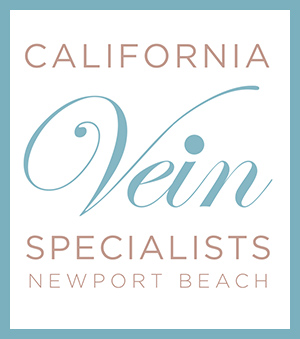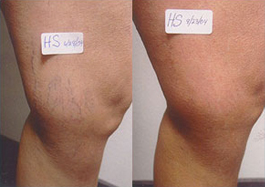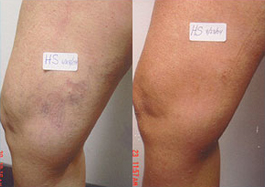To understand venous problems, it’s helpful to know about the anatomy and physiology of the venous system. Here is an explanation of the different types of veins and how they function.
 What is the difference between an artery and a vein?
What is the difference between an artery and a vein?
Arteries are thick walled vessels which carry blood from the heart to the periphery. Veins are thin walled vessels which carry blood from the periphery back to the heart. There is a third kind of vessel, called lymphatic vessels which are tiny, delicate vessels that carry proteins and lymphatic fluid from the periphery back to the heart.
What are the important veins of the legs?
There are three different kinds of veins in the legs. The deep veins run down the center of the leg. In the calf there are three pairs of deep veins. The superficial veins are closer to the skin. Two have names which are the greater saphenous vein, and the smaller saphenous vein. There are short connecting veins between the superficial and deep veins. These are called perforators because they penetrate the fascia of the leg.
How does blood get back from the periphery to the heart?
The muscles of the foot and the calf comprise the “venous pump.” When you walk using your calf muscles and compressing the veins in your feet, the blood is propelled upward toward the heart. If you sit still for a long period of time, such as riding in a car or plane, blood accumulates in your feet, ankles and lower legs causing swelling.
As you walk blood is pumped up the veins by the calf muscles. As you prepare to take the next step, gravity intervenes and tries to pull the blood back down.
Venous valves are located throughout the veins of your legs to prevent the backward or downward flow of blood (reflux ). If these valves are damaged or defective, reflux occurs; that means that the blood flows the wrong way down the vein. This is the cause of venous hypertension (high blood pressure in the veins) and the primary cause of all the problems associated with varicose veins or chronic venous insufficiency.

















